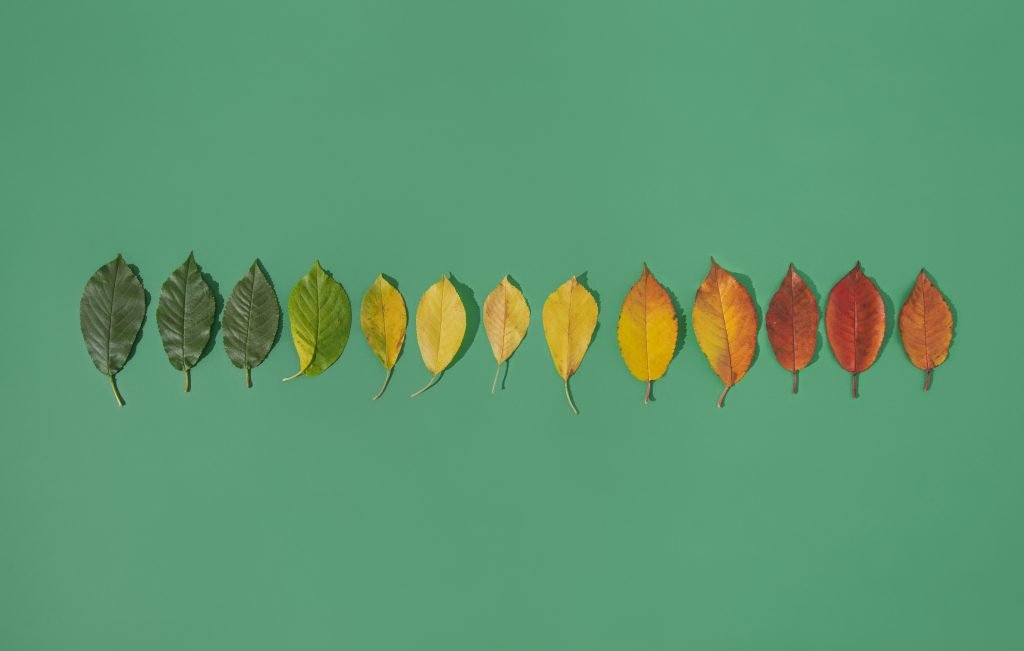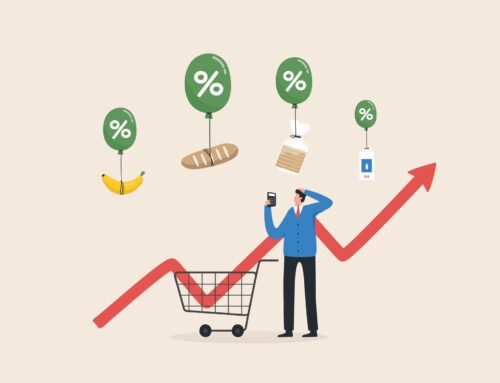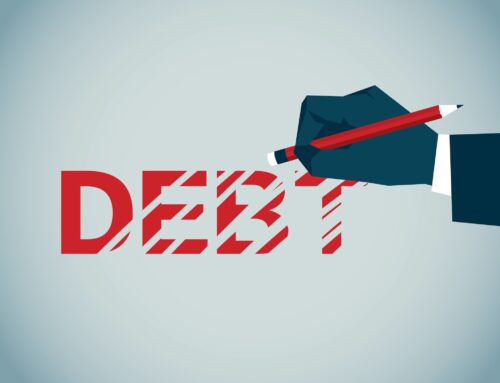
When was the last time you stopped and thought about how long the dollar bill that’s in your pocket has been circulating through the economy? What has that bill seen? Whose pockets has it been in? What will it see next? Every year, the government prints millions of dollar bills a day. Here’s a quick look at what goes into creating a $20 bill and what determines when a bill’s lifespan ends.
The Paper Process
The U.S. Bureau of Engraving and Printing makes paper for currency out of a unique blend of 75% cotton and 25% linen. This type of paper is produced without any wood, even though most paper is made from wood pulp. It has security watermarks and blue and red threads woven into it as well as a special security fiber.[1]
Hot Off the Printing Press
The large, 50-foot-long Intaglio presses print the background images and colors on the backs of these blank sheets of cotton and linen paper, after which the portraits, vignettes, scrollwork, numerals, and letters are printed. After 72 hours of drying, the process is complete![2]
After drying for another 72 hours in special cages, more portraits, vignettes, scrollwork, numerals, and letters are printed on the front using the presses. Finally, the serial numbers, Federal Reserve seal, Treasury Department seal, and Federal Reserve identification numbers are printed using a letterpress.[3]
Exchanging the Old for the New
Newly printed bills are shipped to the Federal Reserve Banks, who then pay them out to banks and savings and loans in exchange for old, worn-out bills. Customers of these institutions withdraw cash either through tellers or through automated teller machines and are given the new bills.[4]
The U.S. Bureau of Engraving and Printing does not know how many times a bill may move from one pocket to the next, even though an average dollar bill changes hands frequently. Contrary to popular belief, the government does not have any method for tracking individual bills.[5]
The End of a Bill’s Life
The Federal Reserve receives worn-out and damaged currency from banks, then sorts through the bills to determine which ones are still usable. The usable bills are kept until they can be sent out again through the commercial banking system, while the unusable ones are shredded into confetti-like bits. A small portion of the scraps is sold by the Treasury on its website or in physical bags to waste companies or other qualified buyers.[6]
[2] https://www.graphicartsmedia.com/magazine-stand/the-science-of-printing-currency/#:~:text=There%20are%20three%20main%20printing,the%20note%20are%20printed%20simultaneously.
[3] https://www.wonderopolis.org/wonder/how-is-a-one-dollar-bill-made/#:~:text=To%20produce%20%241%20bills%2C%20ink,are%20used%20to%20create%20currency.
[4] https://www.wonderopolis.org/wonder/where-does-old-money-go#:~:text=If%20the%20bills%20need%20to,Reserve%20Banks%20will%20shred%20them.
[5] https://count-money.com/how-is-the-government-able-to-track-marked-bills/
[6] https://www.wonderopolis.org/wonder/where-does-old-money-go#:~:text=If%20the%20bills%20need%20to,Reserve%20Banks%20will%20shred%20them
Investment Advisory services offered through Cooper Financial Group, an SEC Registered Investment Advisory firm. Cooper McManus is not affiliated with West Wealth Group, LLC. Investment advisory services may also be offered through West Wealth Group, LLC, an SEC Registered Investment Adviser. Insurance Services are offered through BML Wealth & Insurance Services, California Insurance License #0M15550.






